Maybe you’ve heard the claim—that the Super Bowl is one of the biggest events for human trafficking in the U.S., with thousands of girls and women sex trafficked into the host city to meet the demand of sports fans attending the game.
Is it true?
Let’s dive in.
THE CLAIM: Super Bowl = mass sex trafficking?
Claims around the link between sporting events and human trafficking seem to have first arisen around the 2004 Olympics in Athens, Greece. There were reports that Greece saw a 95% increase in human trafficking during 2004, which was attributed to the games.
Then during the 2006 World Cup in Germany, media reported that 40,000 sex trafficking victims would be brought into the country, apparently due to advertisements in Russia for 40,000 temporary jobs in Germany for the World Cup—which can be a deceptive ploy for luring people into human trafficking.
Neither of these events saw direct evidence to back up these claims. Still, the claims grew and made their way to the United States, centering around the Super Bowl.
A couple pieces to the story recirculated widely among U.S. media sources for years:
- The National Center for Missing and Exploited Children (NCMEC) supposedly reported 10,000 prostitutes were brought into Miami for the 2010 Super Bowl.
- The Department of Justice (DOJ) Blue Campaign supposedly reported that 300,000–400,000 children are trafficked in the U.S. every year.
In addition to these details, articles backed up the claims by listing the numbers of prostitution or trafficking arrests in the host city around the Super Bowl, or reporting on sting operations in which trafficking victims were rescued.
THE RESEARCH: Human trafficking around global and local events

A study on this topic cited several other pieces of research: Boecking et al. surveyed 37 million online advertisements for commercial sex and found some correlations with events, including increased advertising around the event and increased movement to the event location. However, these correlations were the same across a multitude of events, even smaller ones.
Deering et al. interviewed sex workers regarding the 2010 Vancouver Olympics and found indication of less activity in the sex industry around the games than at other times—perhaps due to increased police surveillance. Research on the 2010 World Cup in South Africa indicated similar results.
These studies cast some doubt on the claim of the Super Bowl being the biggest hotspot in the U.S. for human trafficking, both since other events draw the same volume of online sex advertising and because police surveillance regarding prostitution around the Super Bowl is exceptionally high.
Even on a practical level, some have brought up the fact that it might not be worth the cost for a trafficker to pay for people to travel into the city and stay at overpriced hotels, only to work for a couple days.
So what about the report from NCMEC about 10,000 prostitutes brought in to Miami for the Super Bowl?
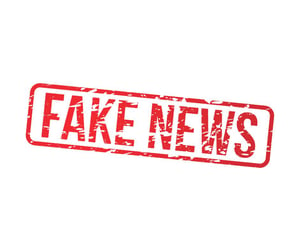
This number appears to have been entirely misquoted. The Christian Science Monitor contacted NCMEC to ask about that statistic, and they denied having made that claim, instead saying, “No one knows with certainty the exact number of children exploited through sex trafficking in the United States or during events like the Super Bowl.”
And what about the 300,000 child trafficking victims reported from the DOJ?
That too appears to be a misquote, derived instead from research at the University of Pennsylvania from 2001, which guessed based on missing children reports that 300,000 children were at risk of being trafficked.
It’s important to note that the hidden nature of human trafficking means that it is difficult to develop hard facts around the issue—but still the evidence would indicate that the Super Bowl is not the largest event for human trafficking.
THE REALITY: Human trafficking is a grave injustice at the Super Bowl, but also on every day of the year.
Just because the Super Bowl does not appear to be the largest event for human trafficking in the U.S. does not mean that we should be unconcerned with human trafficking during the Super Bowl. Rather, we should be aware that human trafficking happens everywhere, every day.
Knowing the truth about human trafficking helps us target the issue with better accuracy and efficiency. For example, while there is much hype about sex trafficking around the Super Bowl, there is far less awareness about the labor trafficking that can happen as cities rush to build stadiums and other facilities to accommodate the event (e.g., the 2022 World Cup in Qatar).

Still, maybe the hype about trafficking during the Super Bowl hasn’t been totally unhelpful. Increased police surveillance likely does make traffickers more wary about doing business in the area. The hype has also resulted in some better legislation to protect potential victims. In Indiana, criticism during the 2012 Super Bowl pushed lawmakers to strengthen their laws against human trafficking, raising the penalty for traffickers. And the hype has certainly helped provide training for event workers, hotel employees, and transit operators to name a few—people who are in a strategic position to observe potential trafficking situations not just during the Super Bowl, but all year long.
This year in preparation for the Super Bowl in New Orleans, Homeland Security Investigations (HSI) hosted a three-day human trafficking training workshop for law enforcement, federal prosecutors, non-governmental organizations (NGOs), and people working in the hospitality industry, to help people recognize the signs and collaborate on solutions.
There will certainly be trafficked individuals exploited in New Orleans during the Super Bowl, just like there are year round. So let’s be vigilant, not just during the Super Bowl, but all the time.
“Love is action. If we were a people of action instead of awareness, we could put an end to sex trafficking.” —Annie Lobert, survivor of sex trafficking, quoted from her article in Fox News.
What you can do today to help fight human trafficking:
- Educate yourself. This page is a great place to start. You can also subscribe to our blog and follow us on social media (@lovejusticeintl) to stay up to date with the latest news and facts on human trafficking around the world.
- Report. If you see anything suspicious, suspect someone you know might be involved in human trafficking, or think you yourself may be trafficked, call the National Human Trafficking Hotline at 1-888-373-7888.
- Donate. Join our monthly giving community, Project Beautiful, or give a one-time gift—because it only costs us less than $150 to keep one more person free.
Originally published February 1, 2024
*All data and statistics current at the date and time of publishing. Names changed and some specific locations excluded for privacy and security purposes.
-1.png?width=500&height=500&name=LJI_MAINLOGO_WhiteBackground%20(1)-1.png)

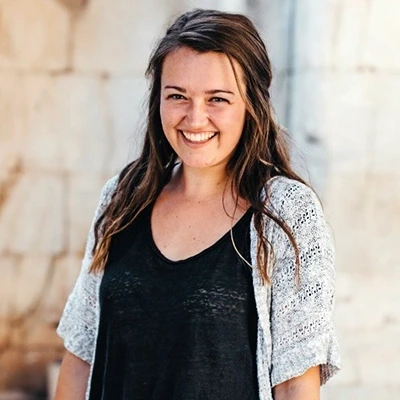
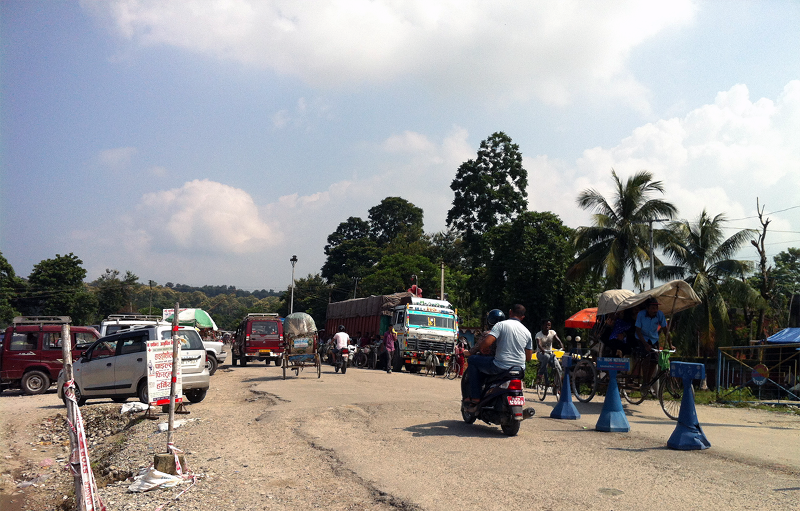
/bimala_feature_blog.webp)
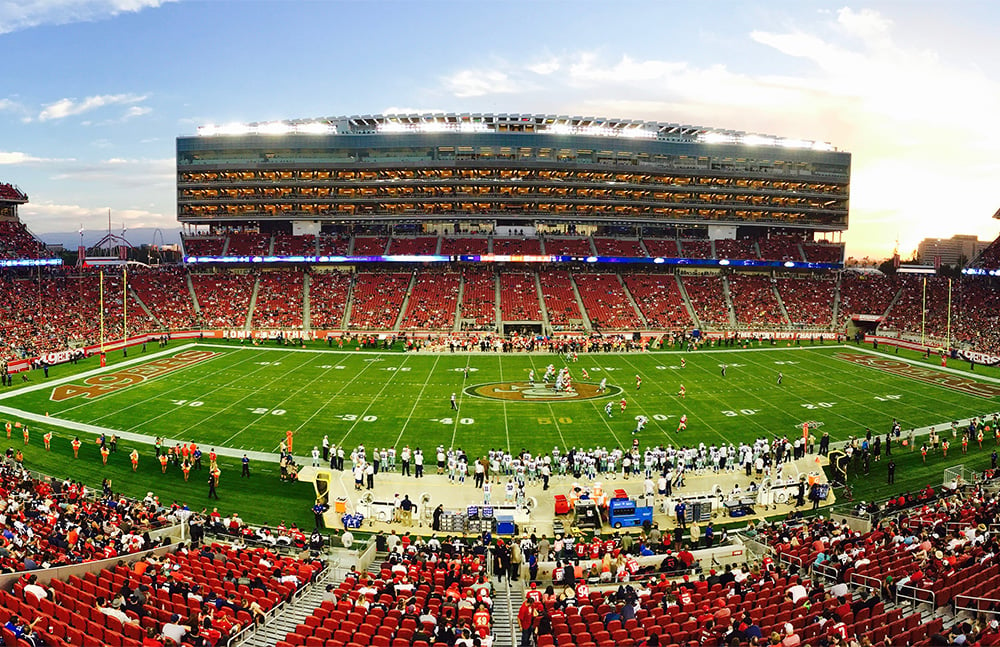
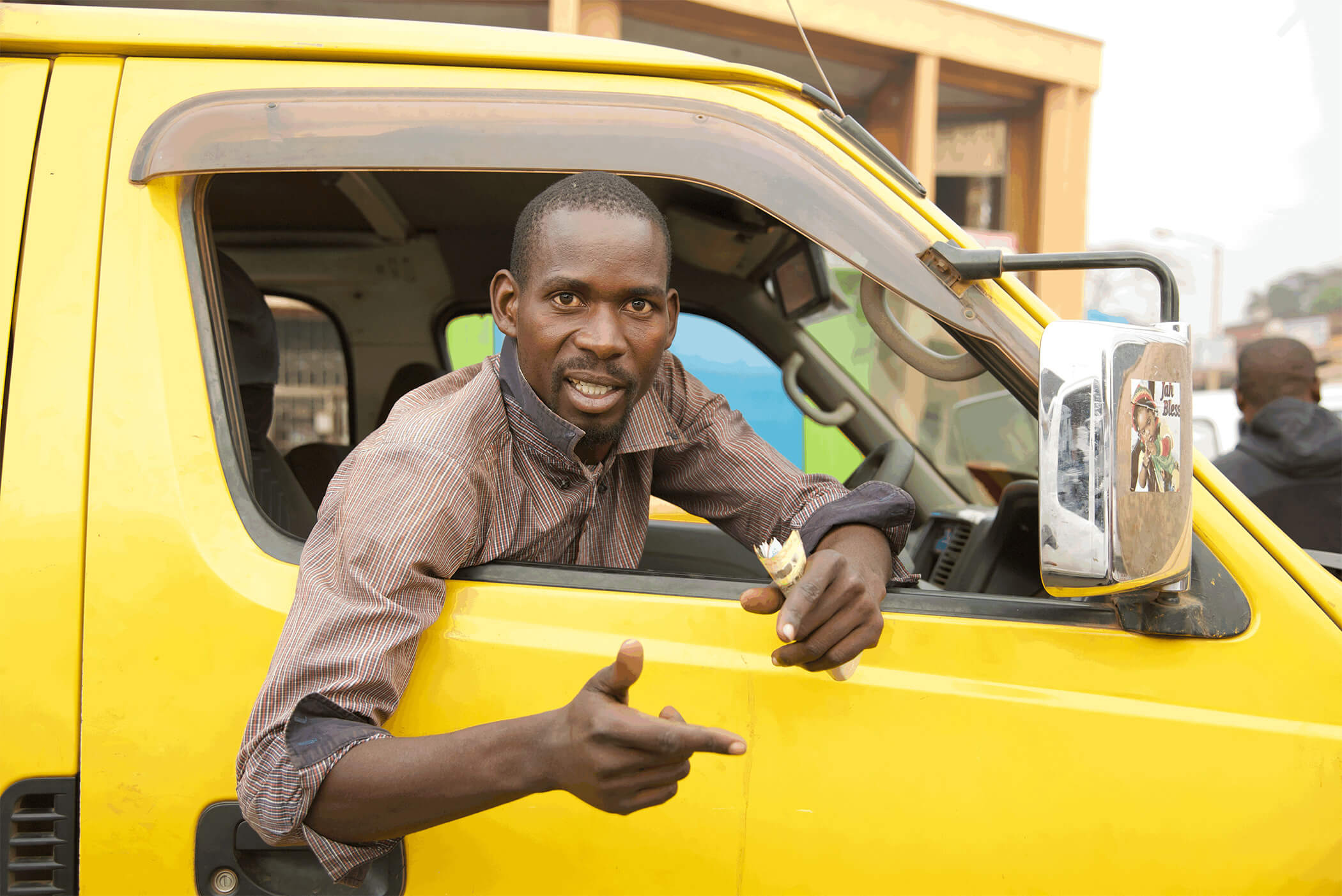
/boy_girl_asia_streets.webp)
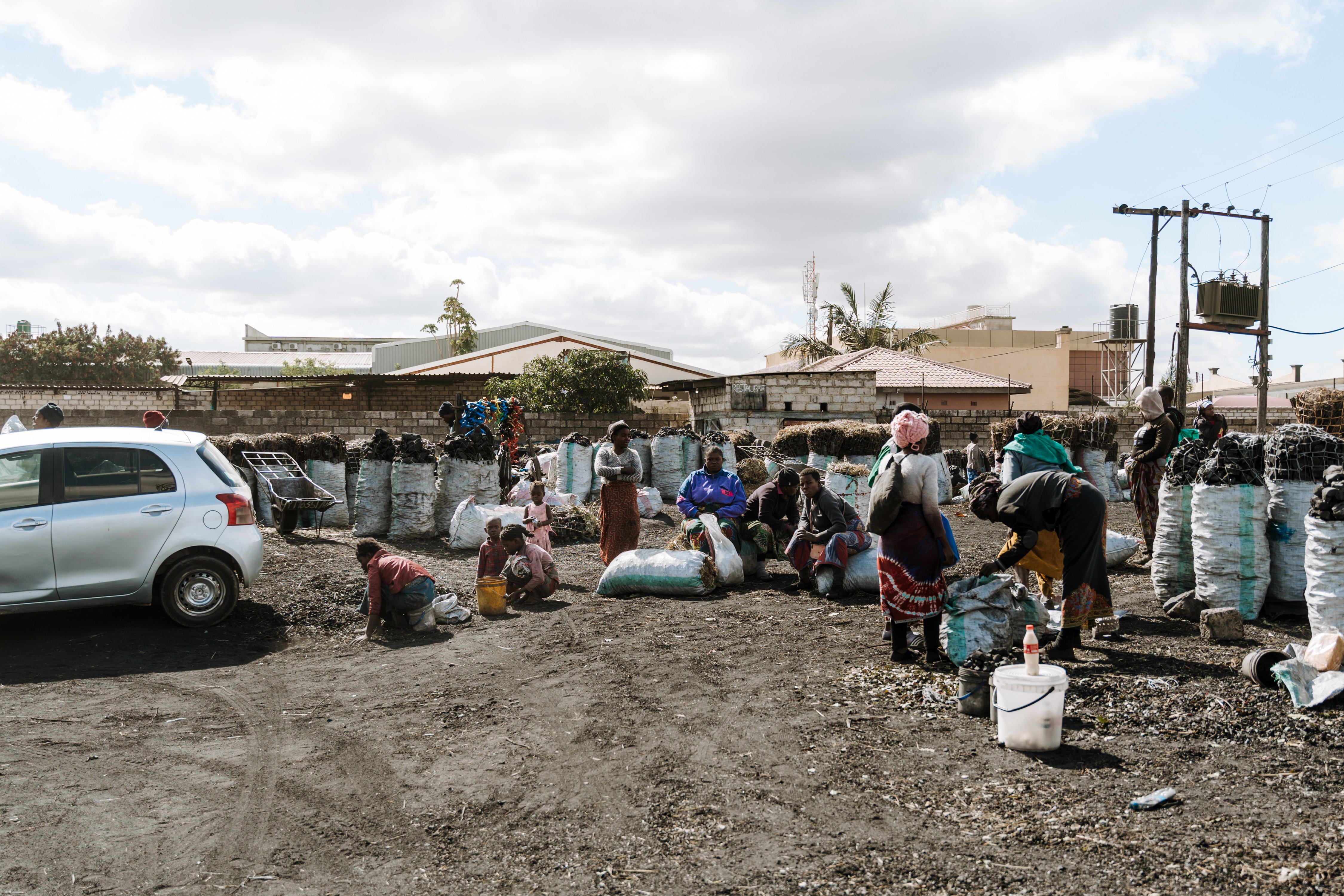
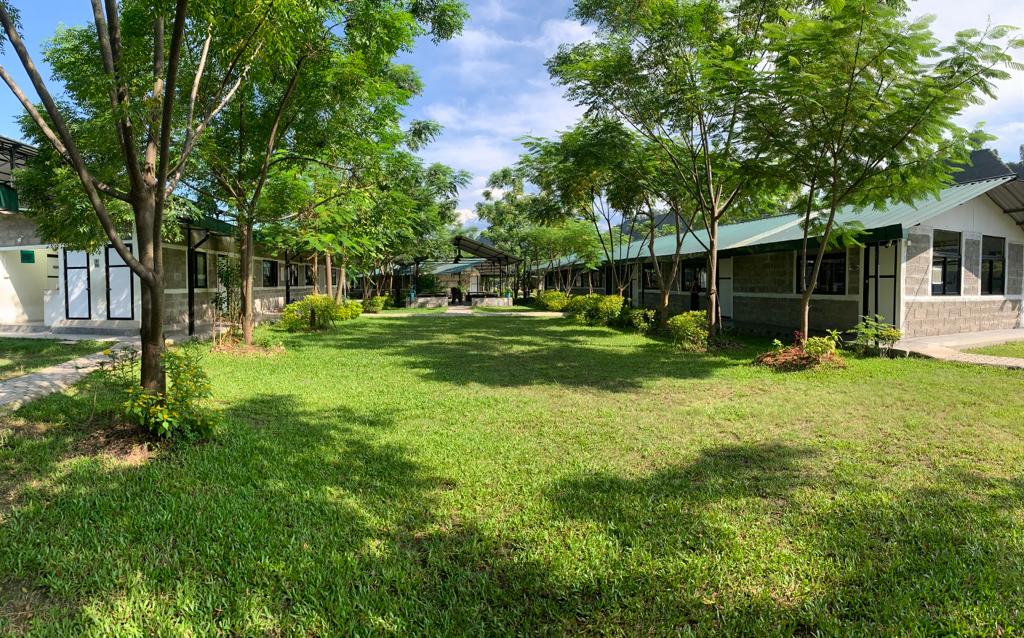
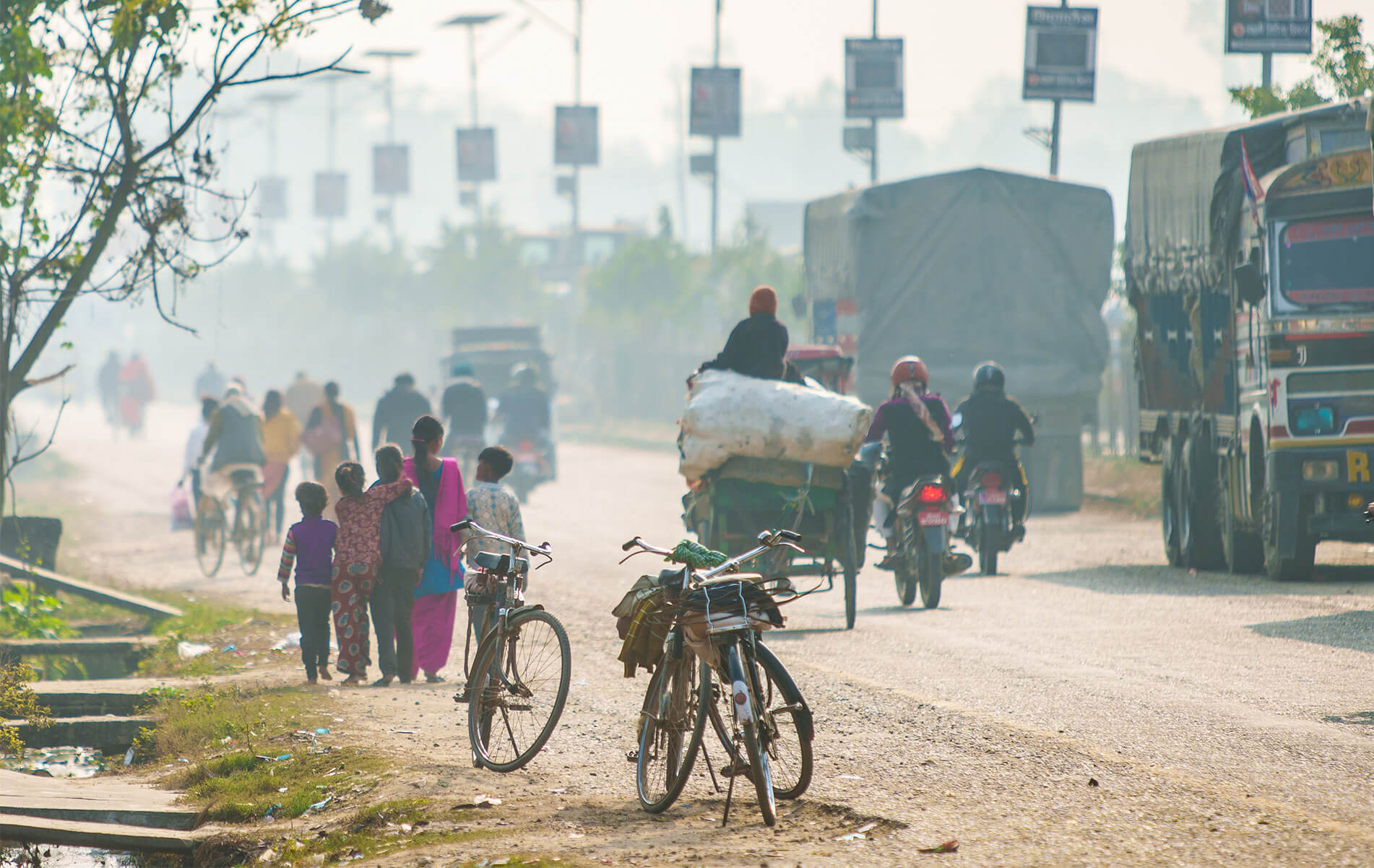
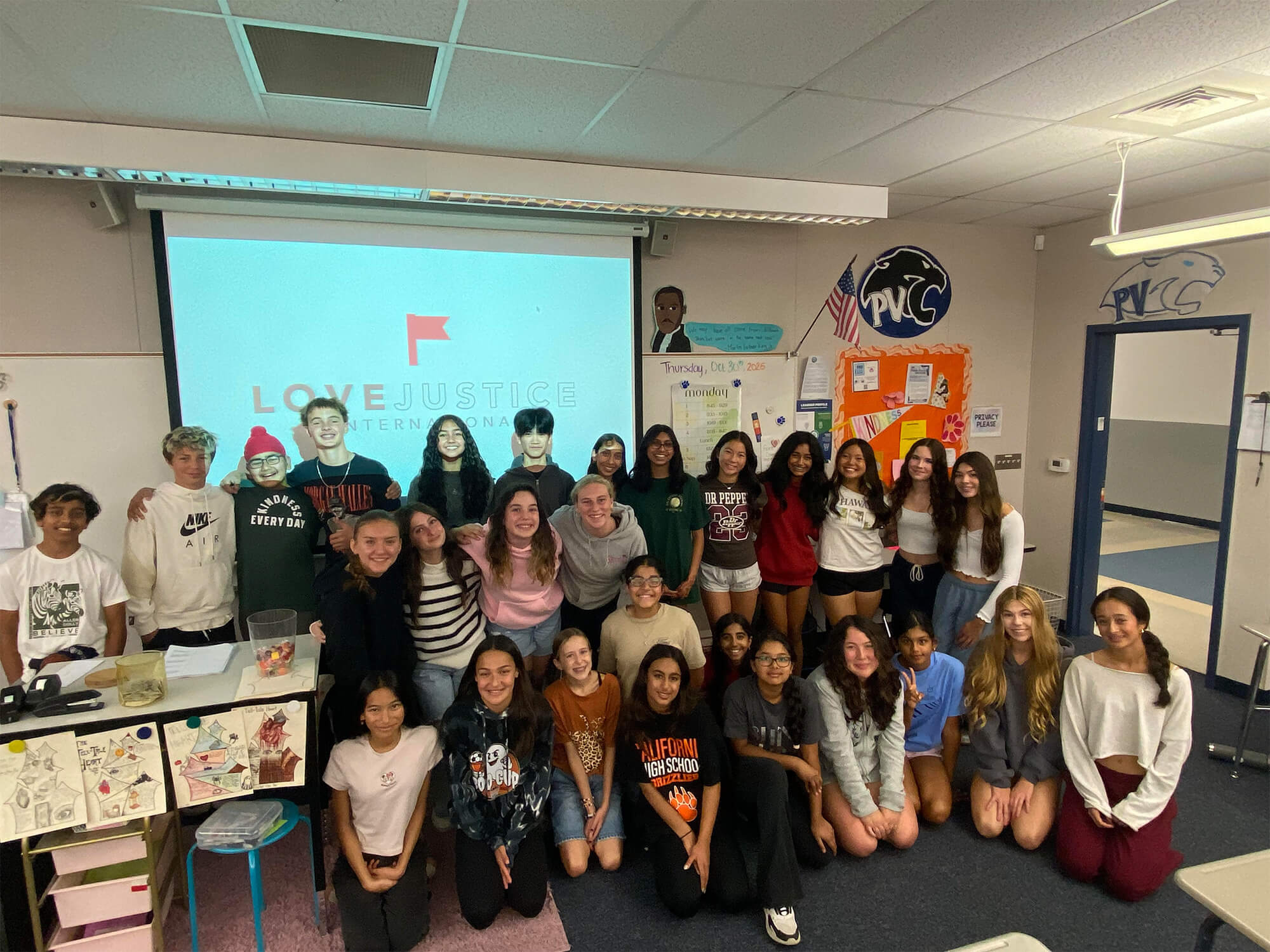
/LJI_Hands_feature.webp)

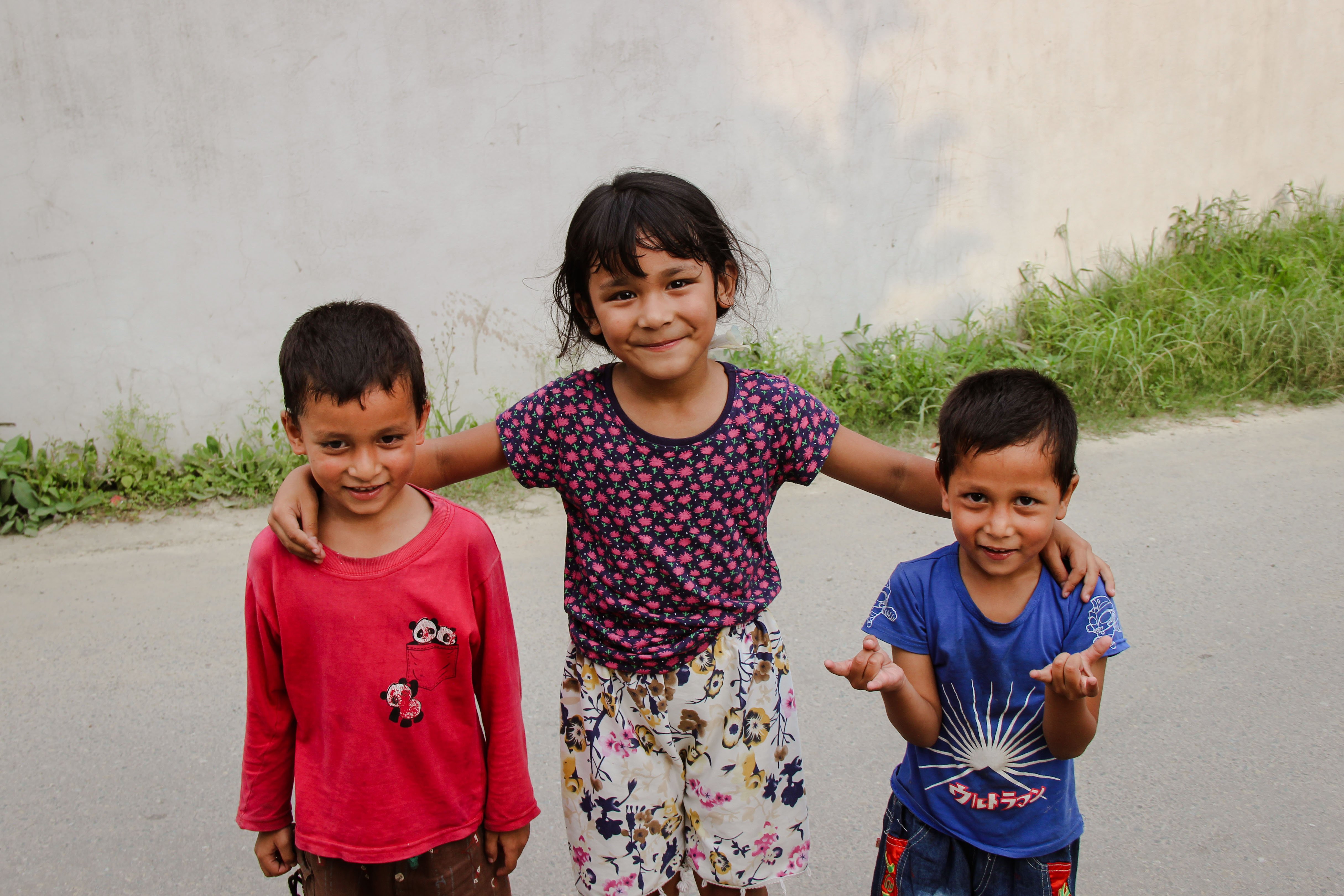
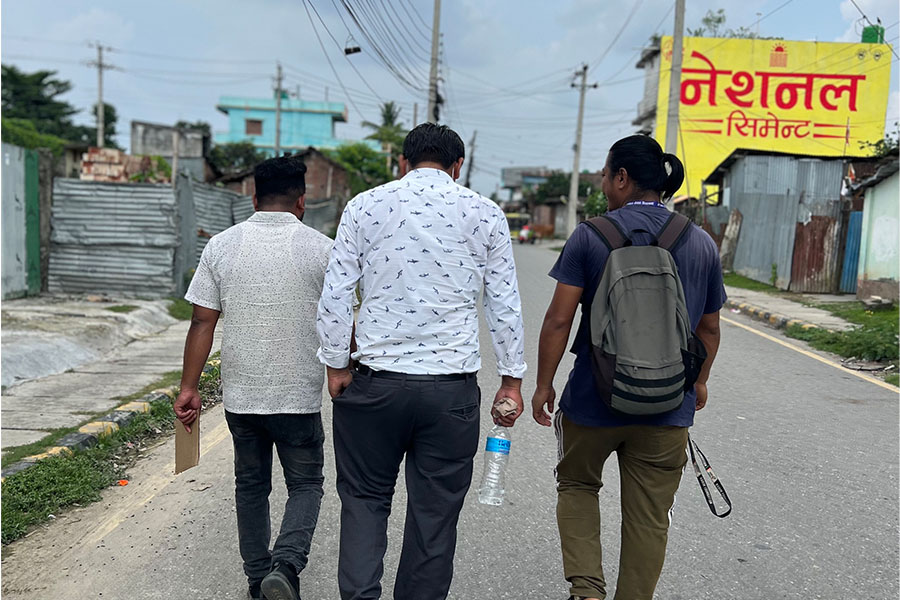
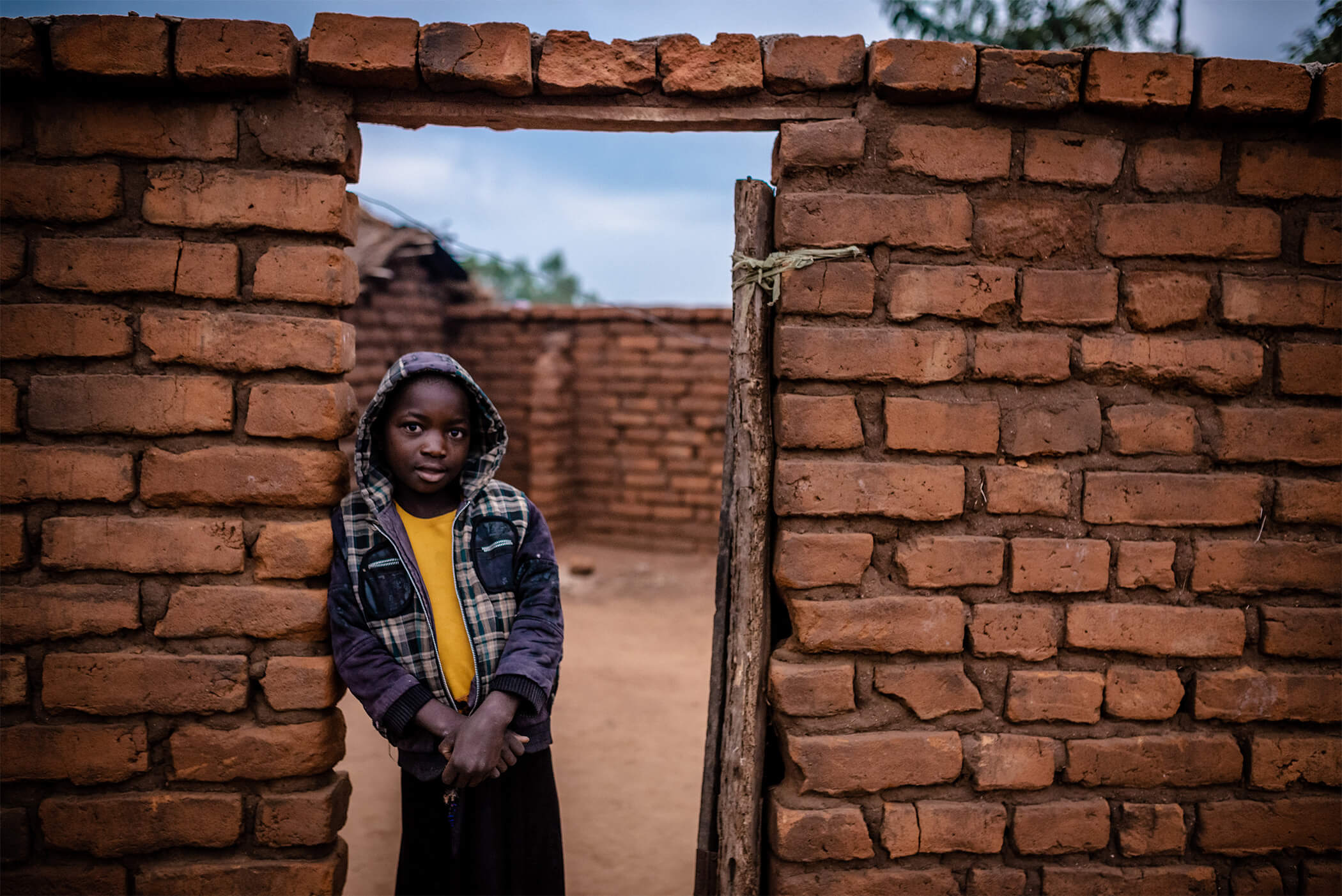
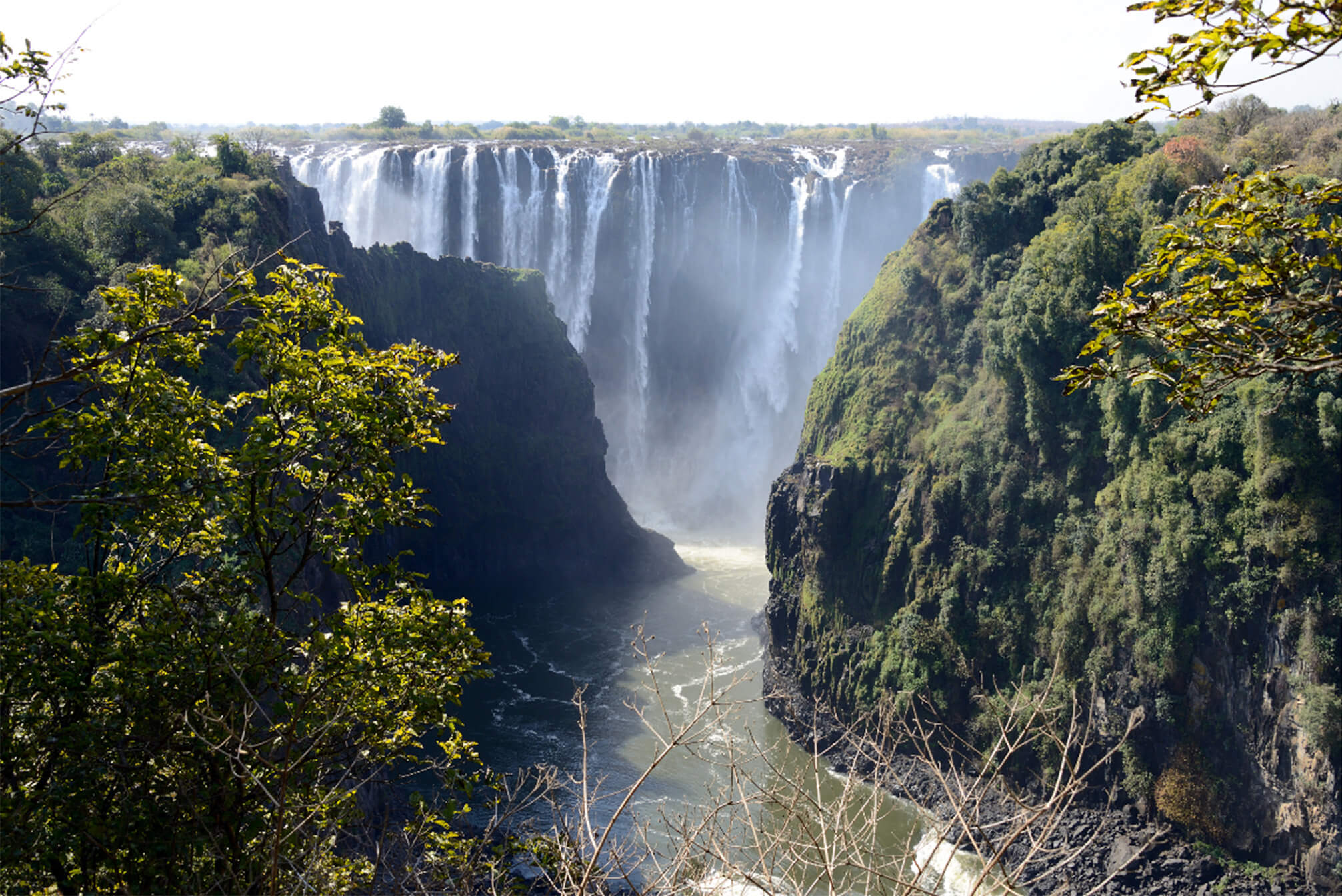
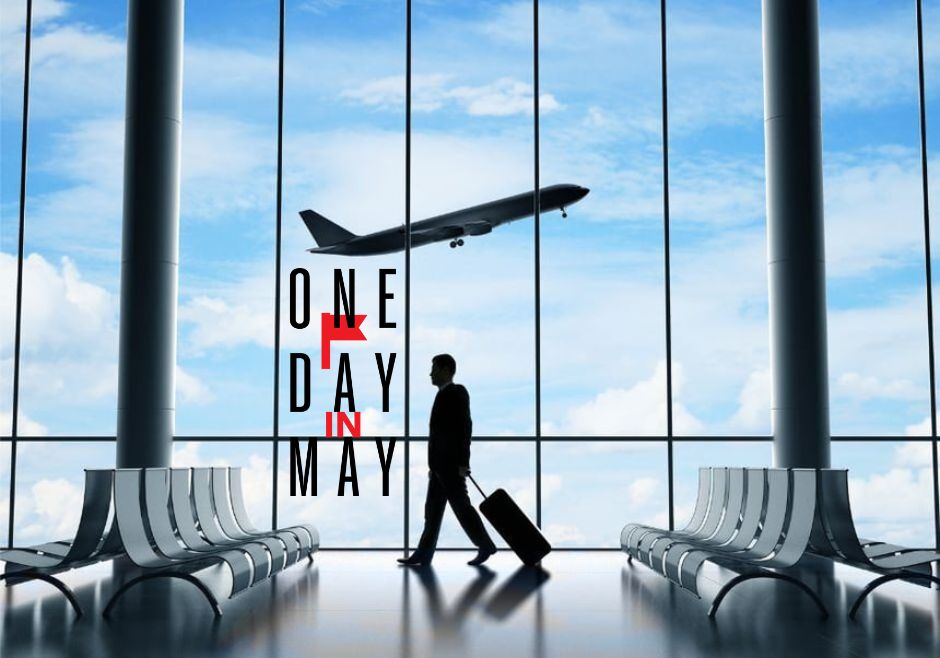
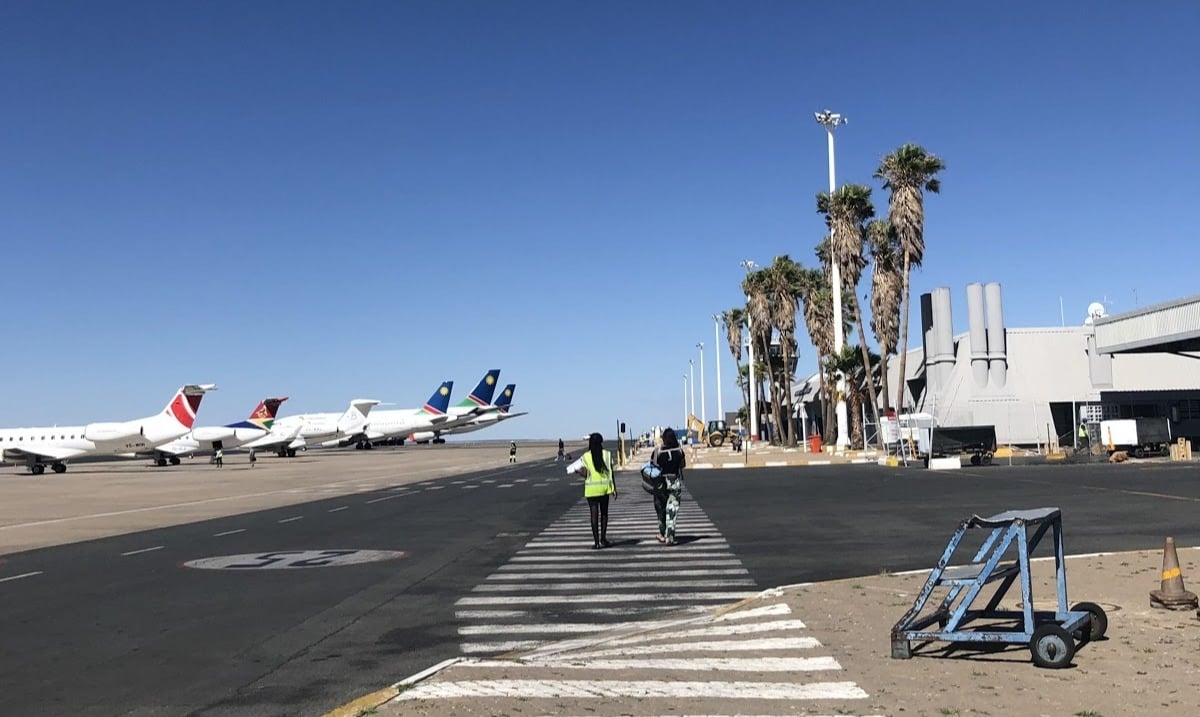
/covid_19_monitor_africa.webp)
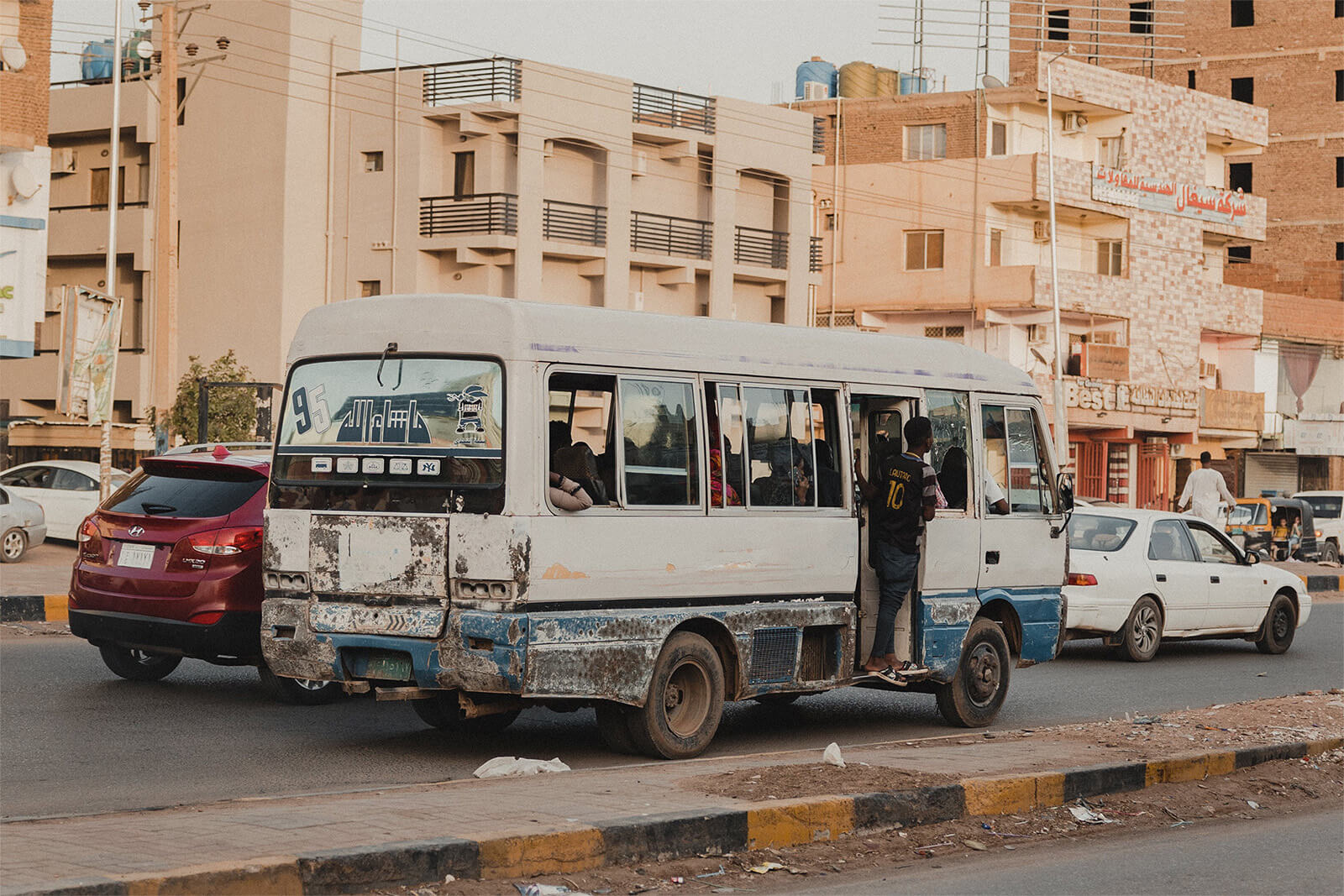
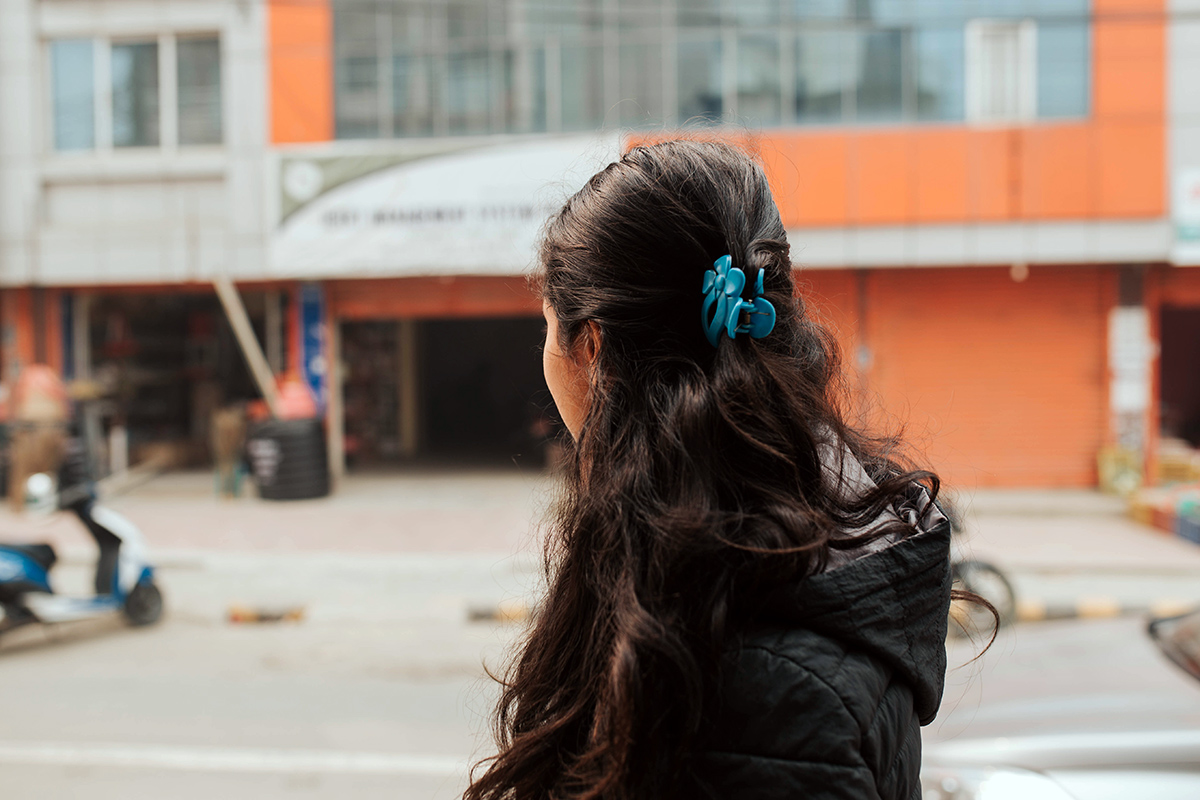
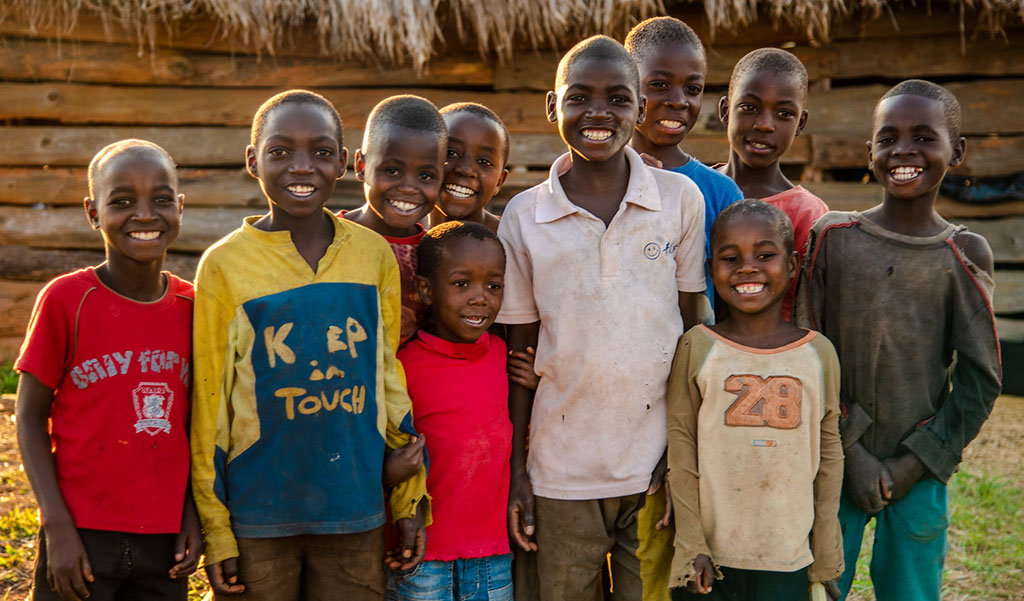




Post a comment